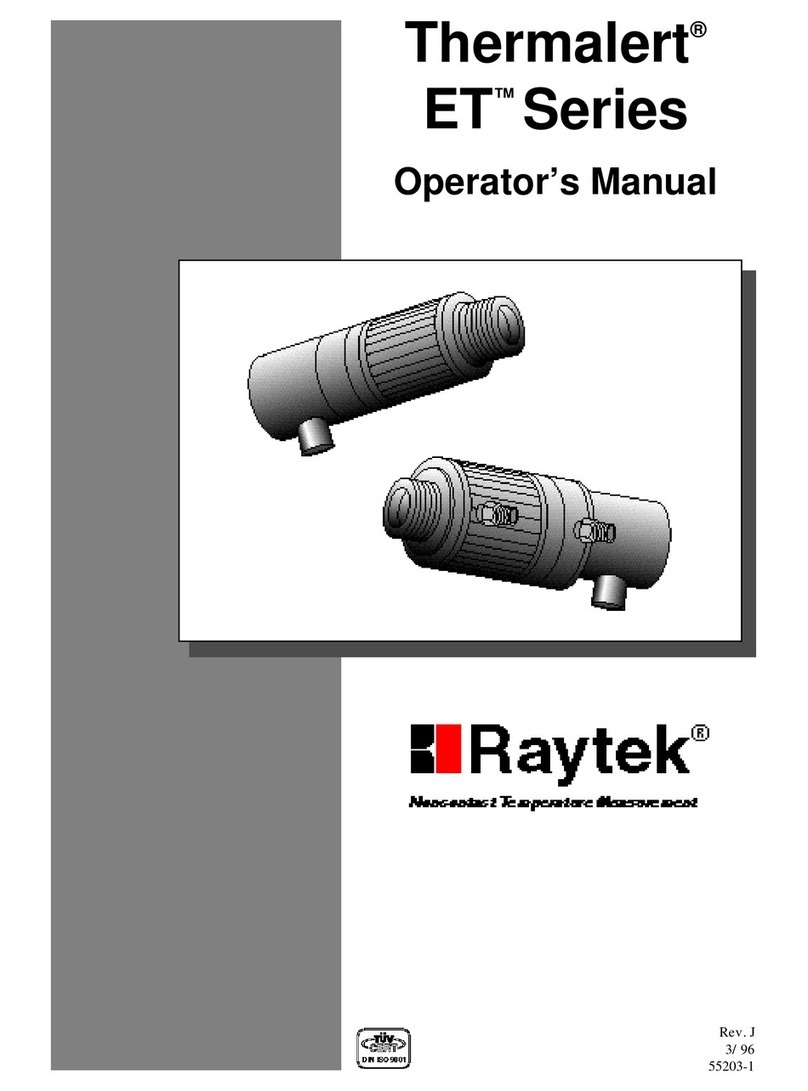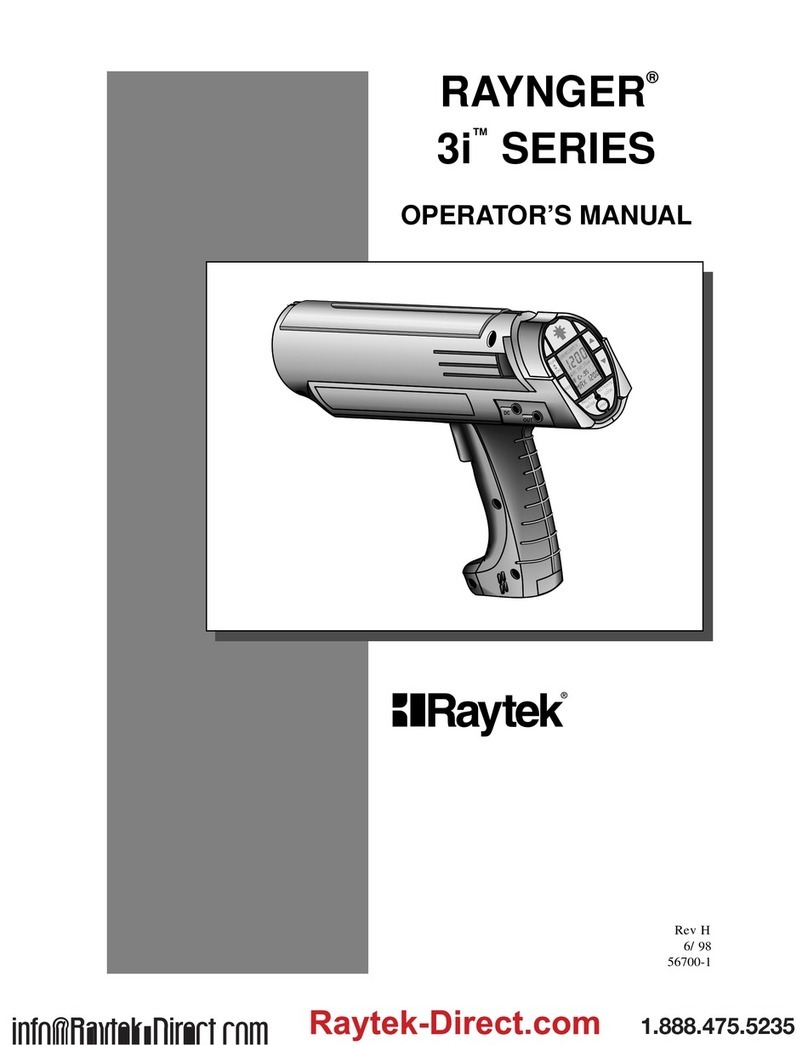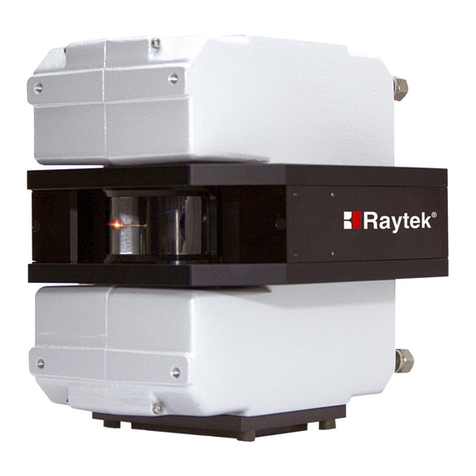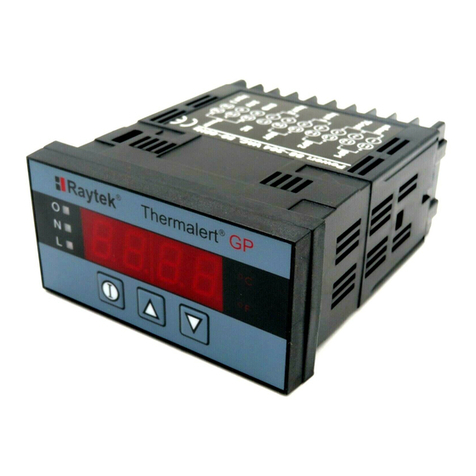WARRANTY
The manufacturer warrants this instrument to be free from defects in
material and workmanship under normal use and service for the
period of two years from date of purchase. This warranty extends
only to the original purchaser. This warranty shall not apply to fuses,
batteries, or any product that has been subject to misuse, neglect,
accident, or abnormal conditions of operation.
In the event of failure of a product covered by this warranty, the
manufacturer will repair the instrument when it is returned by the
purchaser, freight prepaid, to an authorized Service Facility within
the applicable warranty period, provided manufacturer’s
examination discloses to its satisfaction that the product was
defective. The manufacturer may, at its option, replace the product in
lieu of repair. With regard to any covered product returned within
the applicable warranty period, repairs or replacement will be made
without charge and with return freight paid by the manufacturer,
unless the failure was caused by misuse, neglect, accident, or
abnormal conditions of operation or storage, in which case repairs
will be billed at a reasonable cost. In such a case, an estimate will be
submitted before work is started, if requested.
THE FOREGOING WARRANTY IS IN LIEU OF ALL OTHER
WARRANTIES, EXPRESSED OR IMPLIED, INCLUDING BUT
NOT LIMITED TO ANY IMPLIED WARRANTY OF
MERCHANTABILITY, FITNESS, OR ADEQUACY FOR ANY
PARTICULAR PURPOSE OR USE. THE MANUFACTURER
SHALL NOT BE LIABLE FOR ANY SPECIAL, INCIDENTAL OR
CONSEQUENTIAL DAMAGES, WHETHER IN CONTRACT,
TORT, OR OTHERWISE.































